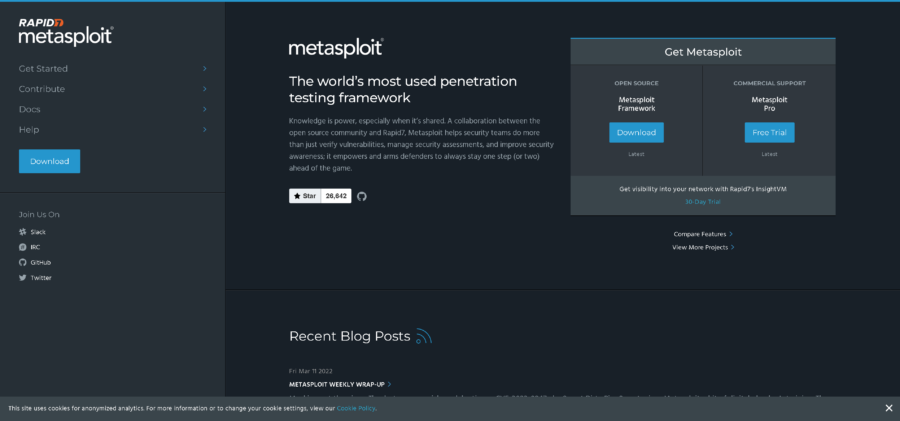In a piece of the latest cloud research by ServiceNow, 52% of enterprises surveyed affirm that cloud is the default choice for IT projects. The report confirms that the reality of cloud adoption is finally akin to the hype but points to a few game-changing effects for IT departments as the influence of DevOps extends across enterprises. Michael Hubbard, Vice President of Inspire Team, ServiceNow, explains to CloudTweaks, “Reality is catching up with the cloud hype and IT has the opportunity to put the ‘IT will be obsolete’ threat to rest. Seventy-two percent of enterprises that have made the cloud-first shift said this shift actually made IT more relevant to the business. IT definitely has their work cut out for them. Where IT needs to focus first is working with stakeholders to pinpoint how a cloud-first strategy will drive desired business outcomes. Next, they must realize all the very discrete and fine-grained services that can leverage the cloud paradigm… leaving the old binary ‘all or nothing’ strategy decisions behind them as they rapidly optimize each project and budget line decision in their portfolio to cloud-first.”
Surveying 1,850 mid- to senior-level managers, this global study was split evenly among IT leaders, line-of-business management, and devops professionals, and three meaningful conclusions have come to light. Firstly, the reality of adoption finally measures up to the hype of cloud computing. Though just over half already choose cloud over on-premise data center computing, 77% of respondents will be shifting to the cloud over the next two years.
Secondly, ServiceNow suggests that DevOps has been the primary driver behind the move to cloud as a massive 94% of respondents reported involvement of some kind or other with the DevOps movement. An attitude originating in the agile development community, the aim of DevOps is driving fast development and hosting of new services and apps through the encouragement of regular collaboration between IT and developers. With 76% of those surveyed agreeing that the rise of DevOps is driving the move to cloud-first due to new pressures on how organizations deploy applications and bottlenecks detected when hosting apps on on-premise infrastructure it’s apparent that cloud allows for the speedy addition of new streams of revenue-driving apps which fuel business growth.

Finally, it’s evident that our new cloud-first world requires its own set of IT skills. With 89% of companies that have already shifted to a cloud-first model stating current IT staff lack the required skills for real success, and 88% suggesting cloud could replace formal IT departments at least in part, organizations are playing a game of catch-up regarding employee proficiencies and competencies. Notably, the cloud shift has not reduced the relevance of IT, but instead 72% of respondents believe the cloud shift raises IT’s significant to their businesses, and 68% consider IT to be wholly essential in the future.
It’s possible that business developments with regards to cloud adoption will result in poorer IT visibility and cost predictions and respondents note two top priorities in the cloud shift. 64% point to the necessity for achieving 360-degree visibility and 63% to the projection of the cost of computing. IT should have an unrestricted view across an organization’s entire computing environment, cloud-based applications and services included, for the most efficient management of demand, utilization of both cloud- and on-premise resources, project execution, cost assessment, and regulatory compliance. Moreover, it’s likely that IT teams will notice more business application projects filtering up from below and while implementing greater tools to code will have to maintain control of their environments for adequate security and compliance. And, of course, as cloud growth leads to cloud sprawl, IT departments will have their hands full implementing and managing best practices and policies for cloud management as they negotiate with an ever increasing number of vendors over the expanding set of cloud tools and services available.
By Jennifer Klostermann





